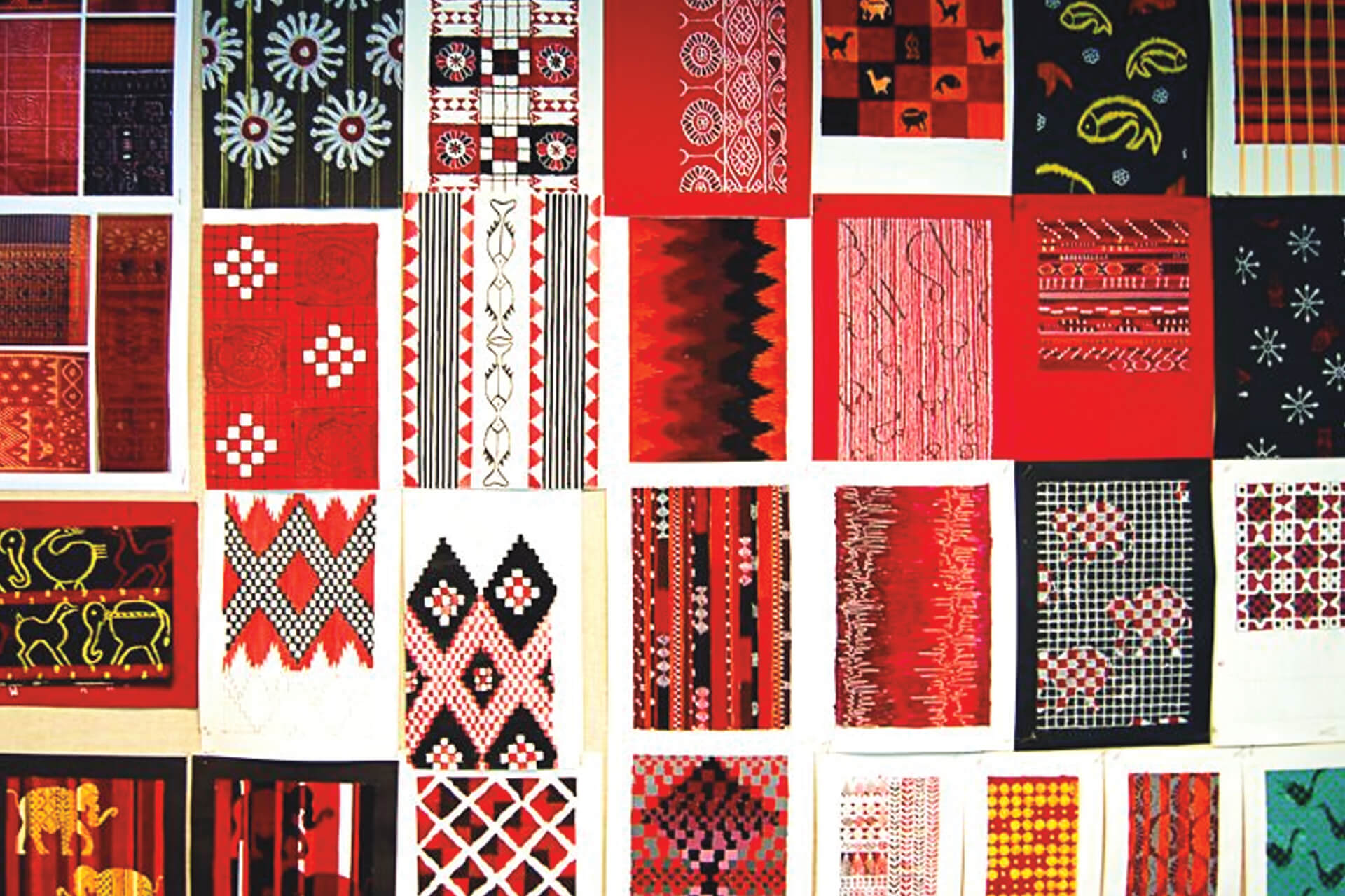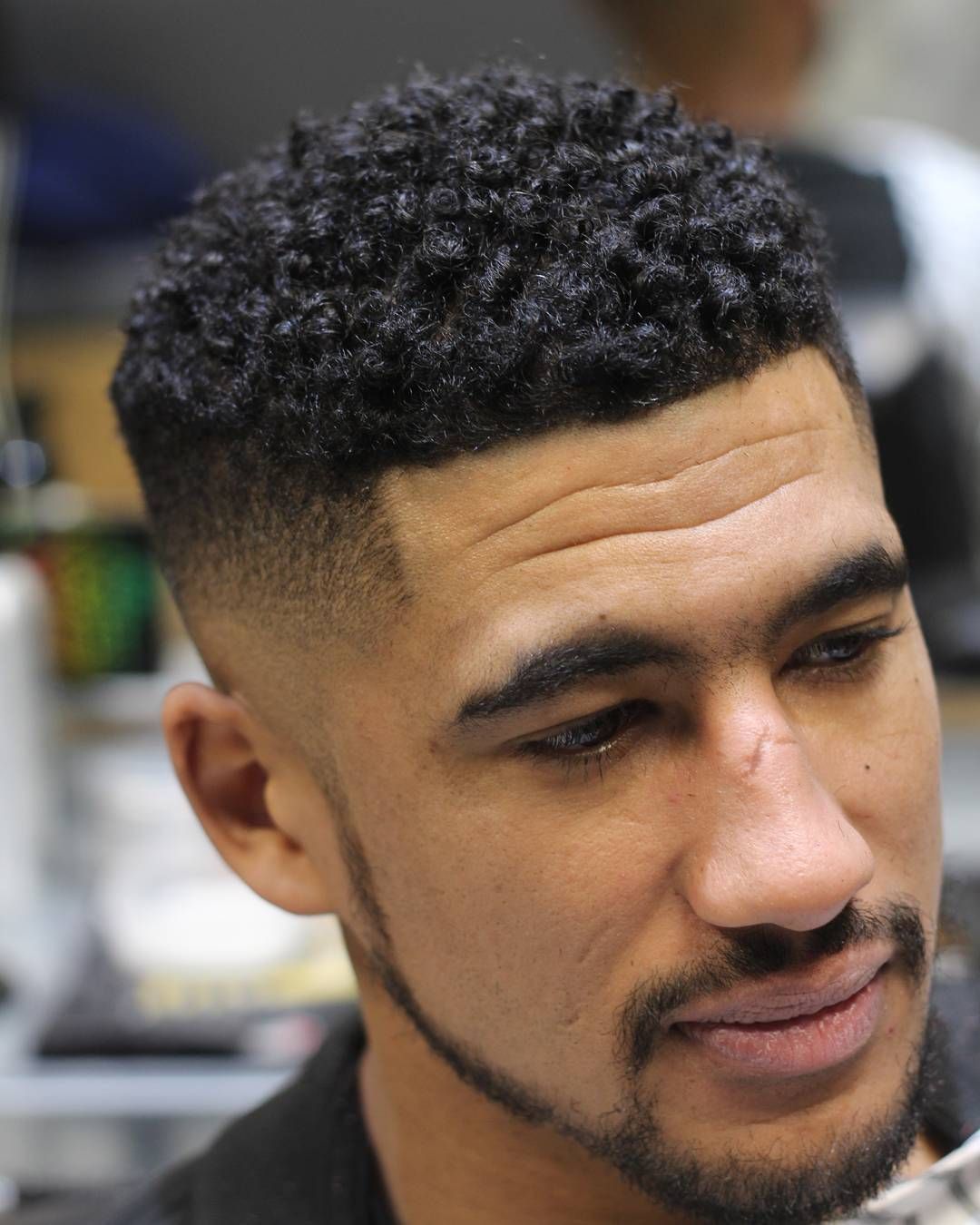Table Of Content

It's a common feature in Kashmiri shawls, Bandhani sarees, and even modern clothing lines. Different regions have their unique weaving styles, like the Banarasi silks of Uttar Pradesh, the Patola silks of Gujarat, or the Pochampally Ikat of Telangana. These remarkable weaves are not just fabric; they are works of art that reflect the skill and creativity of the weavers.
Hand-painted cotton overdress
These are just a few of the materials that can help you get started as a textile designer! With these tools in your arsenal, you’ll be ready to start creating beautiful works of art in no time. Tie-dye is a textile design process that involves tying fabric pieces together to form a resist, which is then colored with dyes to create a patterned effect. With this methods you can get amazing colorful and abstract styles of patterns.
Textile Design
Without variation, the colors of your clothes, blankets, or pillowcover would look plain and repetitive. Second wave feminist artists pushed for textile arts to be taken seriously in museum spaces. Inspired by literary works such as Linda Nochlin's Why Have There Been No Great Women Artists? In 1971, feminist artists began tapping into the larger history of women's artistic practices, legitimizing the historical works. Artistic practices that had been previously relegated to the domestic sphere, such as needlework and embroidery, were treated with the merit they deserved. By working in mediums that were neglected by male artists, feminist artists created a new visual language through which they could communicate their social and political views.
Development of textiles and the textile industry
Indian motifs like paisley, elephants, and floral patterns have become popular elements in international fashion. These motifs, once seen only on traditional Indian attire, can now be found on everything from haute couture gowns to casual summer dresses. The unique blend of tradition and modernity that these motifs offer has struck a chord with fashion enthusiasts around the globe. Geometric patterns are a staple in Indian textiles, especially in tribal and folk designs. Circles, squares, triangles, and lines are used to form complex and mesmerizing patterns. You can see them prominently in the traditional textiles of the North-Eastern states and the Kutch region of Gujarat.
Design of textiles is among the prime thing that any band, initiating from the garment business industry, looks for to initiate a new trend in the market. From art galleries to Nordstrom and The North Face to MIT, our textile design graduates are sought out by leading employers in just about every industry. Textile designers make all the choices that decide the look, feel and performance of memorable and functional fabrics and trims.
Two common types of textile design are for home goods and the apparel or clothing industry. If you think about it, it's obvious that these textile areas are very different. You might love a large bold patterned floral print on your sheets or curtains, but you probably wouldn't want to wear that same pattern on your clothes! So, some textile designers specialize in designs used in the home, while others create textiles and print patterns for clothing fabric.
Applications of Textile Designing:

The medical or defense industries may also collaborate with textile designers to create comfortable, breathable, yet durable textiles to meet their individual needs. Generally speaking, the term “textile design” describes the process of creating designs for woven, knitted, printed, or surface-adorned fabrics. Textile designers frequently make use of a variety of tools to create their designs. Additionally, they use digital tools like Photoshop to create and edit textile designs. Historical Textile Design has evolved throughout diverse cultures and timelines. From Ancient Egypt to the Renaissance to the Modern Era, textile design has incorporated each period’s artistry, culture, and technological advancements.
With designers like Anita Dongre leading the way, traditional Indian textile design is embracing eco-friendly methods. This includes using natural dyes, organic fabrics, and ensuring fair trade practices. The allure of traditional Indian textile design extends far beyond the country's borders. Its rich colors, intricate patterns, and unique techniques have made a significant impact on the global fashion scene. Let's explore how these elements have found their way onto international runways and into the collections of renowned fashion houses.
Shibori: Everything You Need to Know - Architectural Digest
Shibori: Everything You Need to Know.
Posted: Thu, 22 Feb 2024 08:00:00 GMT [source]
For example, Judy Chicago incorporated textiles in her work, The Dinner Party ( ). By including stereotypically feminine items in such a monumental work, Chicago created a piece with sharp historical connotations that directly confronted modern sociopolitical issues. The way in which textile art was produced, decorated, and constructed was dictated by wider fashion and this continues to the present day. In the 19th century, the growth of avant-garde art movements worked in a similar manner, producing textile art that linked into the ethos and beliefs of the movement, often producing art work with similar underlying styles. This can be seen in the impact of OpArt and wider ideas around fashionable colors in the work of 1960s and 70s artists including Victor Vasarely and Eduardo Paolozzi. The first semi-synthetic fabrics were developed as silk substitutes in the 19th century and involved the processing of tree bark to produce fibers.
Through viewing its garments as a unique medium of communication, the brand strives to tell stories with its designs. The basic goal of textile design is to create distinctive and enticing designs that enhance the visual appeal of materials while also taking their utility, durability, and marketability into account. Textile designers draw inspiration from a wide range of sources, such as culture, art, current trends, and even the natural world, while making their designs. Therefore, it will be an advantage if youhave prior experience in the fields of painting, sketching, mosaic, and othercreative art forms. You don’t need to have an artistic background to be asuccessful textile designer.
In one section, you feel like you’re strolling through some ethereal Moroccan souk, and then, in the next hall, a jungle of shimmering curtains, and then a labyrinth of puffy duvets. In summary, the future of traditional Indian textile design looks promising and exciting. The blend of tradition with modern sensibilities, the move towards sustainability, and the revival of lost techniques— all signal an era of resurgence for Indian textiles. Sabyasachi Mukherjee's designs are synonymous with luxury, opulence, and an unmistakable Indian identity. His use of traditional Indian textiles and techniques, coupled with a modern interpretation, has made his creations a favorite amongst locals and global fashion enthusiasts alike. He is known for his masterful use of Indian crafts like bandhani and zari work.
With advancements continuing to be made, the future of textile design looks more exciting than ever. For example, the Silk Road, an ancient trade route connecting East Asia and Europe, facilitated the exchange of silk, leading to the development of luxurious silk fabrics in different parts of the world. Similarly, the maritime trade routes between Europe, Africa, and Asia introduced a variety of fabrics, such as cotton, linen, and wool, to different cultures, resulting in the diversification of textile production. These ancient techniques not only provided humans with protection from the elements but also played a crucial role in cultural and social practices. Fabric became a form of artistic expression, with intricate patterns and designs reflecting the values and beliefs of different societies.
Historical textile design has laid the groundwork for contemporary textile designs to be what it is today. Much in the same manner as the ruling classes, religious leaders denoted their authority through intricate and decorative ceremonial clothing and artefacts such as altar cloths and church hangings. These were often ornamented with religious or spiritual symbols and motifs which could relay information without words, making them easily understood by illiterate congregations. For example, Christian items often displayed narratives from the Bible that functioned as allegorical connections to piety and morality. Sometimes these symbols were also incorporated into the dress of royalty to indicate their divine right to rule.
Furthermore, designers have toensure that the color on the textile imprint complements the color of thefabric. Being knowledgeable about the relationship of colors is a simple yetvery crucial trait that you need to develop. It helps you avert coming up withdesigns that are senseless and confusing. You can create different patterns, textures and effects; layer them, adjust them in terms of size and resolution; and then save them as files that can be printed out with ease. Embroidery adds texture, dimension and color with decorative stitches on the surface of fabrics.
Patricia Urquiola and Heimtextil announce collaboration to explore the future of fabrics - Wallpaper*
Patricia Urquiola and Heimtextil announce collaboration to explore the future of fabrics.
Posted: Tue, 09 Jan 2024 08:00:00 GMT [source]
This helps brands stay in-trend and design products that meet customer expectations. Designers can keep track of the hottest colors, designs, and shapes in fashion for accurate forecasting and trend analysis. If fabric and clothing is your passion, then working as a fashion designer could be a great fit. You’ll get to construct innovative outfits from scratch, taking into account functionality, esthetics, cultural significance and more!

No comments:
Post a Comment